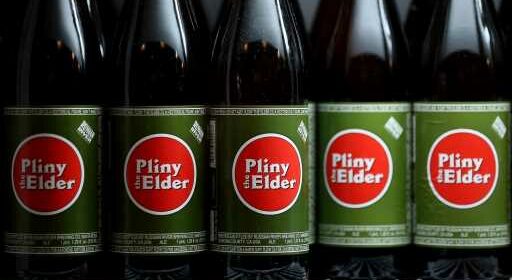Tips on how to store your beer to maintain the flavor – The Denver Post

Fresh beer has a vibrancy and brightness that’s simply unmatched. “Fresh beer is like live music,” Moonlight Brewing founder Brian Hunt once said. “Stale beer is like listening from the parking lot.”
The best beer hits a sweet spot shortly after being brewed, allowed to ferment and mature to peak perfection. For some beers, that’s fresh off the tank, while others may take a little longer. When it’s ready, you just know. But that perfect window only lasts about three weeks, before the flavors begin to change.
Of course, beer is made to remain tasty for as long as possible. Hops have preservative properties. Pasteurization can help extend the life of your beer and so does refrigeration. But even with modern brewing technology, a beer’s shelf life is finite. Your beer starts to degrade the moment it’s bottled, canned or kegged, even before it’s trucked to a distributor, who in turn delivers it to a bar, restaurant or market. Once it’s in your hands, it’s critical that you store your beer in a dark, cool place. Your taste buds will thank you later.
Beer doesn’t go bad the way that, say, milk does. It won’t make you sick or be completely undrinkable once it reaches a certain age. But as Collin McDonnell, co-founder and brewer of HenHouse Brewing, puts it, old beer “is sad and not delicious.” Stale beer will take on off flavors, like wet cardboard, and the hop punch that makes so many IPAs a delight dissipates and eventually disappears. What you’re left with is a mere shadow of what the brewer intended. So old beer won’t hurt you, but it won’t make you deliriously happy either.
So how long will your beer last? That depends, at least in part, on the beer itself. Most craft beer is unpasteurized, which gives it a shelf life of up to three months, properly stored. Pasteurized beer, by contrast, can remain good for nine months. So why doesn’t every brewery pasteurize its beer? The process can extend a beer’s life, but pasteurization also removes subtle flavors and changes how a brew tastes as it ages.
Beer lovers may not be able to do anything about hops levels or pasteurization, but they can control how their beer is stored. If you had any doubts about the impact of refrigeration, this data will soon settle that. Studies have shown that beer loses its flavor more rapidly at warm temperatures. A beer stored for three days at 90 degrees will taste the same as a brew that has spent 30 days at 72 degrees — or one stored for 300 days just above freezing. Coolers are your friend.
Check brewing dates, too. Many breweries, including Russian River Brewing, include the date the beer was brewed on the bottle. Brewer Vinnie Cilurzo has included a bottling date on Pliny the Elder since its flagship Double IPA was introduced in 2008, so drinkers have the power, he says, to decide “whether a beer was too old for their taste.” IPAs in particular are “such a delicate style as it relates to shelf life. Our goal hasalways been to deliver the freshest IPA to our consumers that is ready to drink on the day they purchase it so long as it is kept cold and fresh. Keeping beer cold is the single best thing a brewery and consumer can do to ensure a fresh beer drinking experience.”
Source: Read Full Article